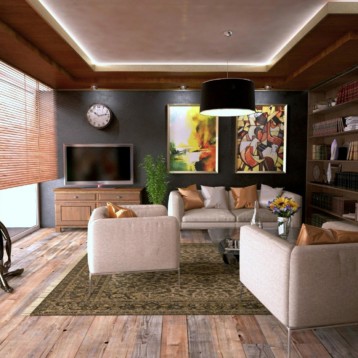Diode lasers are among the most efficient types of lasers out there, and they’re becoming even more efficient thanks to new cooling techniques. Here is a quick look at how a diode laser cooling techniques are being used to expand the number of applications for which diode lasers can be used. Some of these new applications include additive manufacturing and hardening, and potential future applications include welding of composite materials such as carbon fiber reinforced plastics (CFRPs).
Diode Lasers: Efficient Workhorses
TechTarget defines a diode laser as:
“A semiconductor device that produces coherent radiation (in which the waves are all at the same frequency and phase) in the visible or infrared (IR) spectrum when current passes through it. Laser diodes are used in optical fiber systems, compact disc (CD) players, laser printers, remote-control devices, and intrusion detection systems.”
They are low-intensity devices that produce a cone of visible light rather than a pencil beam. Like their distant cousins, light emitting diodes (LEDs), diode lasers are small in size (about a millimeter across) and have minimal power requirements. Just as LEDs are dramatically more efficient than traditional light bulbs, the same is true of diode lasers compared to other laser types.
Diode Lasers: Controlling Temperature to Reach Higher Power
As efficient as laser diodes may be, they are still prone to heat buildup. For example, according to a recent interview by ElectroOptics.com with Coherent’s director of marketing and business development, Mark Gitin, “A diode’s electrical to optical efficiency is in the range of 50 to 70 percent. However, that means roughly 30 to 50 percent of the power is heat, which needs to be removed.”
At the same time, new applications for diode lasers are emerging that require higher intensities. In order to achieve these higher brightness levels, diode bars are stacked on top of one another in a confined space. According to Gitin, Coherent can get multiple kilowatts of power from a device measuring a single centimeter.
This configuration increases heat, which is now being mitigated through the use of a technique known as micro-channel cooling. This is a liquid cooling technique where the fluid is channeled as close to the p-n junction as possible. Micro-channel coolers have thin channels that allow fluid to pass through, carrying heat away and cooling the laser diodes as a result.
Micro-channel cooling helps to make “already efficient” diode lasers even more efficient and more capable than ever.










